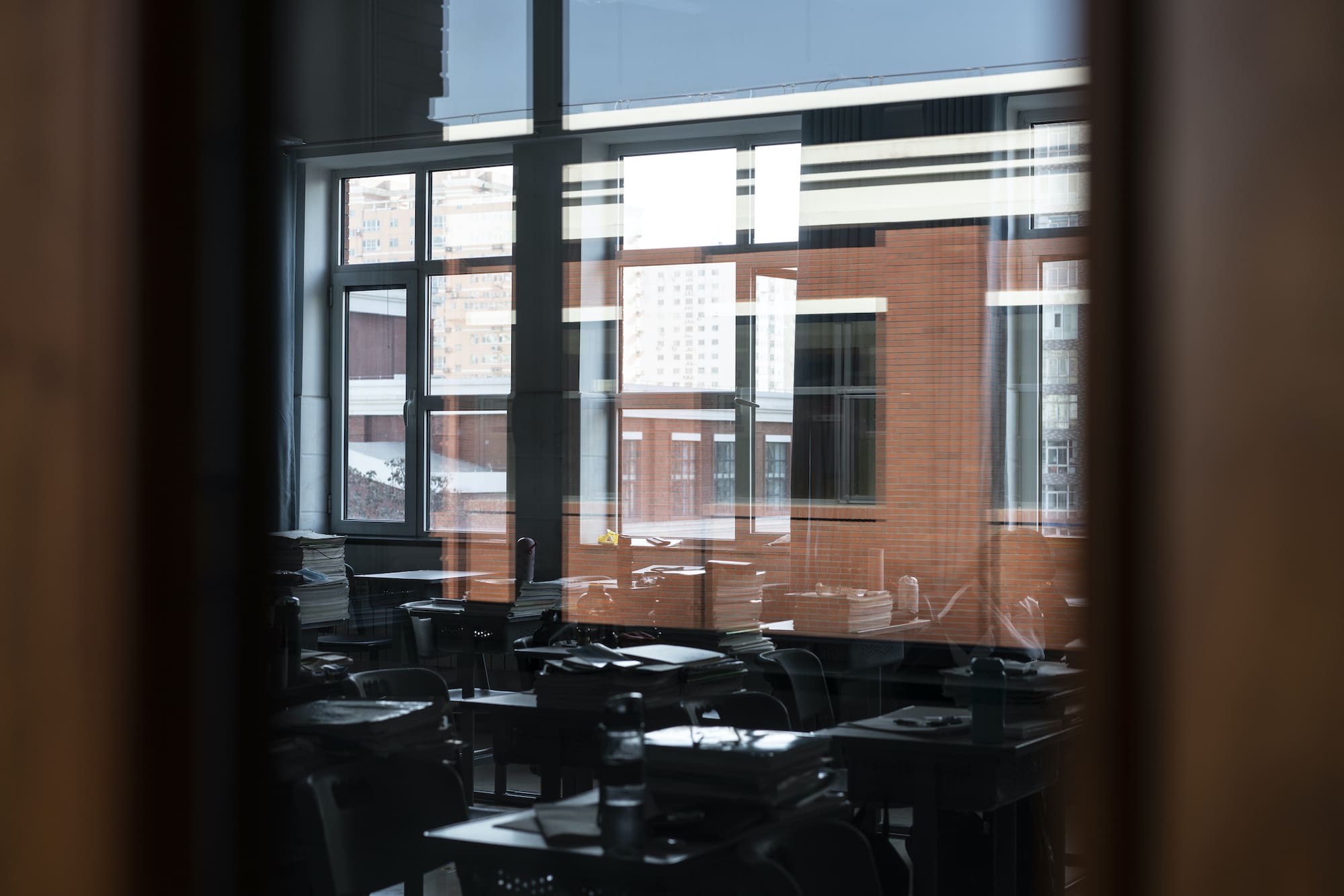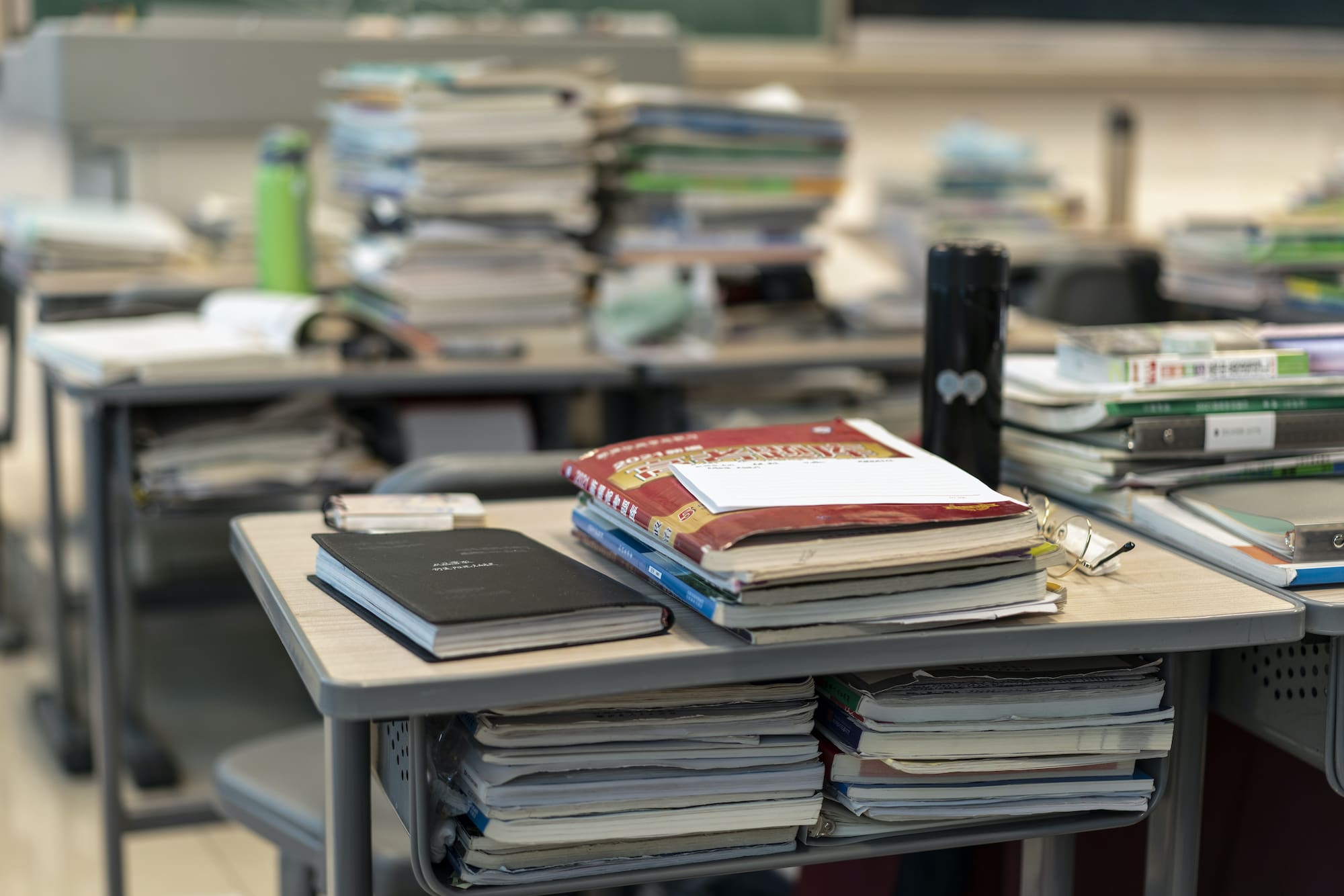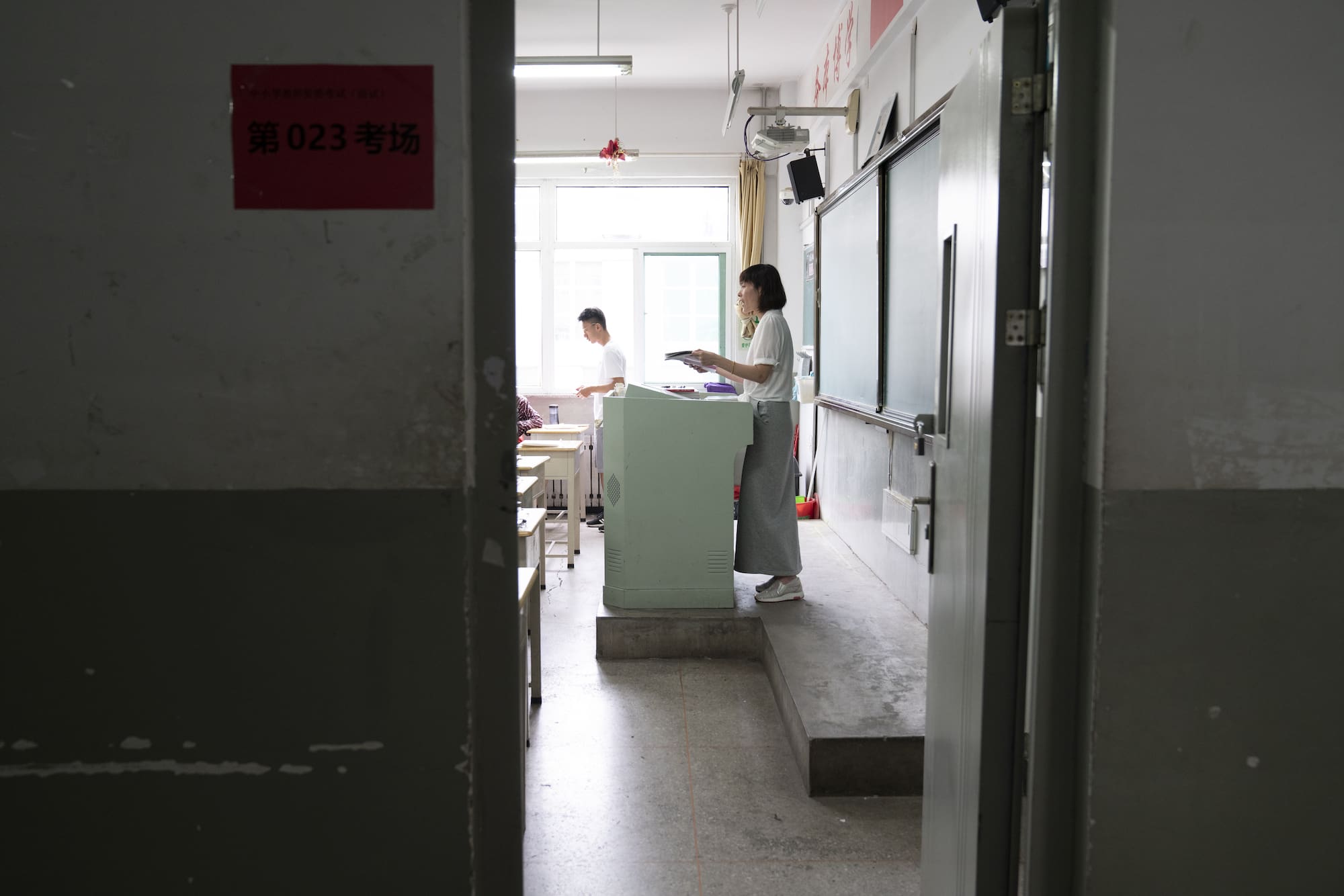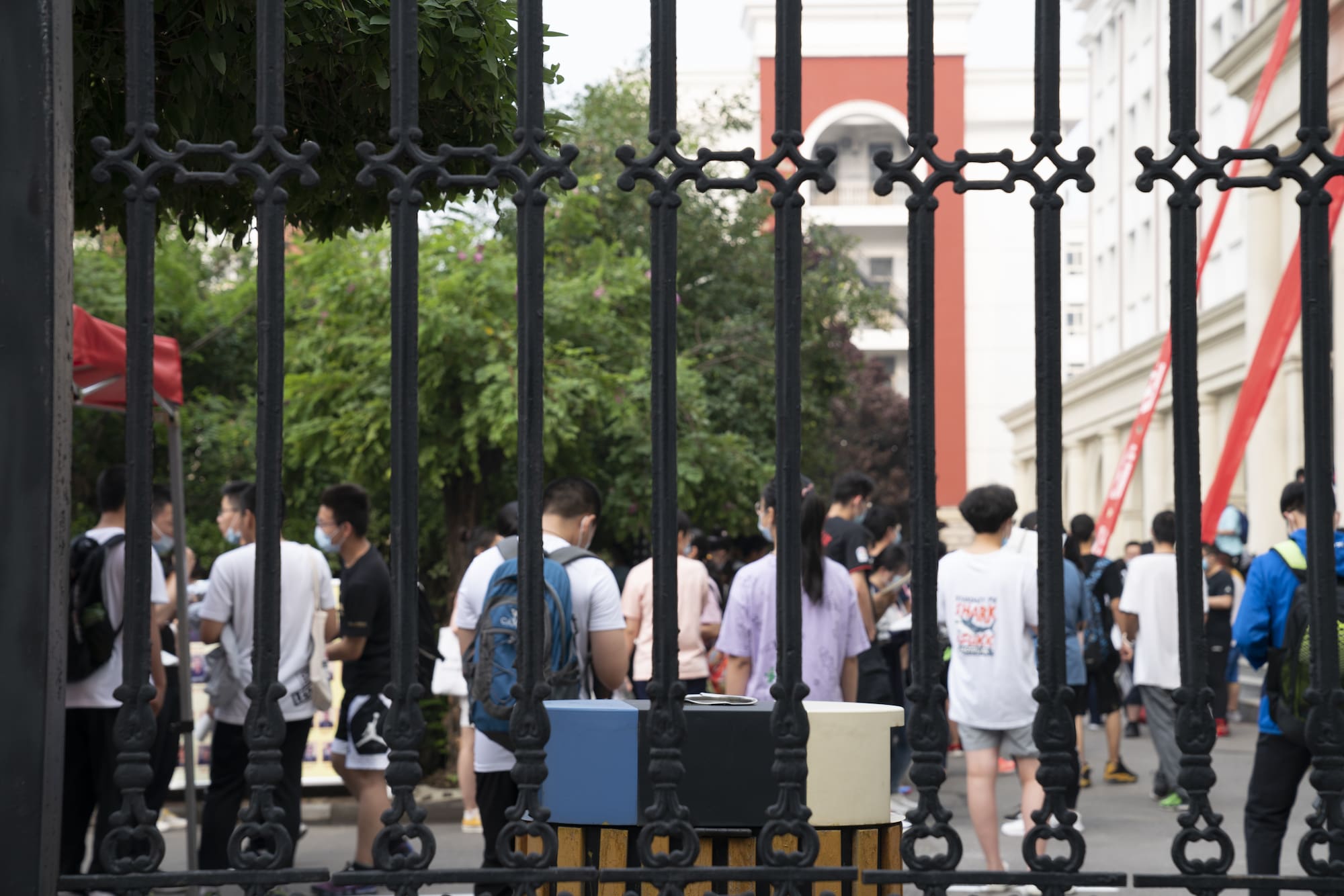
This is part of a series showcasing the work of the MFA in Experimental and Documentary Arts Class of 2021. Learn more about the program and its graduating cohort here. For this installment, Guo-Juin Hong, associate professor of Asian and Middle Eastern Studies, interviews Yang Xu MFA EDA ‘21.
First of all, could you please tell us about the college entrance examination in China? what does it entail and how has it impacted China’s educational system in the past decades? What was your experience with the exam and how would you describe your time spent preparing for the exam?
The college entrance examination is a national unified examination, set up for the enrollment of Chinese colleges and universities. It is carried out from June 7 to 10 every year. The college entrance examination system has two main functions in China: one is to select outstanding talents for the country, and the other is to achieve class mobility and to promote social justice.
The college entrance examination has played an extremely important role in identifying talent and promoting class mobility. The exam has different meanings for different social subjects in China. For students, the college entrance examination is a great way to realize their dreams; for families, the exam is an effective way to cross classes; for the country, the college entrance examination is an important way to identify talented students.

Could you tell us what the title of your exhibition means? Why did you choose it and what inspired it?
I named the project “Outset” because the college entrance examination is a starting point, and it is also a key point among continuous efforts. In the long river of life, the college entrance examination may be just the outset, but it will change an individual’s life drastically. Meanwhile, the college entrance examination is also my starting point. The examination allowed me to understand the meaning of hard work, and I also realized my dream of passing the exam. It provides a platform for thousands of students like me, as well as a platform for us to appreciate the vast world.

What type of preparation did you do to get close to your subjects before shooting and interviewing them? What kind of experiences are you trying to convey in your exhibition? Are their experiences different from and similar to your own?
In June last year, I started to do related research and preparation for the project. In the past year, I have been in contact with interviewees. I went back to high school, attended classes, and lived with the interviewees. In this way, I could evoke my deeper memories of the college entrance examination.
All the fragments of this project are what I have experienced, and these fragments are full of my personal feelings. Although I didn’t record myself during the shooting, the scenes in the shots resonated with me. Especially in the video, the sound sources at the beginning and end are real college entrance examination ringtones. After the bell rings, the students officially start the exam; After the bell stops, the exam ends. In the middle of the video, I use experimental imagery to describe the plot of the story. The entire video can be considered by the audience as an exam, a class, or a day’s life. These all depend on the audience’s thoughts after experiencing it.

Could you tell us why did you choose to use both photography and video for your show? Are those two mediums doing different things in conveying the college entrance exam experiences of the subjects?
In the exhibition I applied visual, auditory, and tactile sensations in the creation of the work. The purpose is to allow viewers to overcome cultural and language barriers, and to deepen the audience’s understanding and perception of the project. The information conveyed by the photographs is detailed and partial. Compared with the photos, the video focuses on integrity and visualization. When I convey the college entrance examination experience, the photographic medium emphasizes the memory of a certain moment, while the video medium emphasizes the memory of the process of events.

What do you expect your viewer to experience coming to your exhibition? What does the exhibition space aspire to create?
I believe that the audience for the project are those who have not experienced the college entrance examination. There are cultural differences, which may cause viewers to have different feelings and emotions after visiting the exhibition. I don’t want to impose my feelings about the college entrance examination on every viewer, and I welcome any thoughts the audience would share after they visit the exhibition.
Outset
On View: May 7–16, 2021 at the Power Plant Gallery
In-person viewing is available to Duke students, faculty, and staff. Email: powerplantgallery@duke.edu
Duke Students & Employees save more!